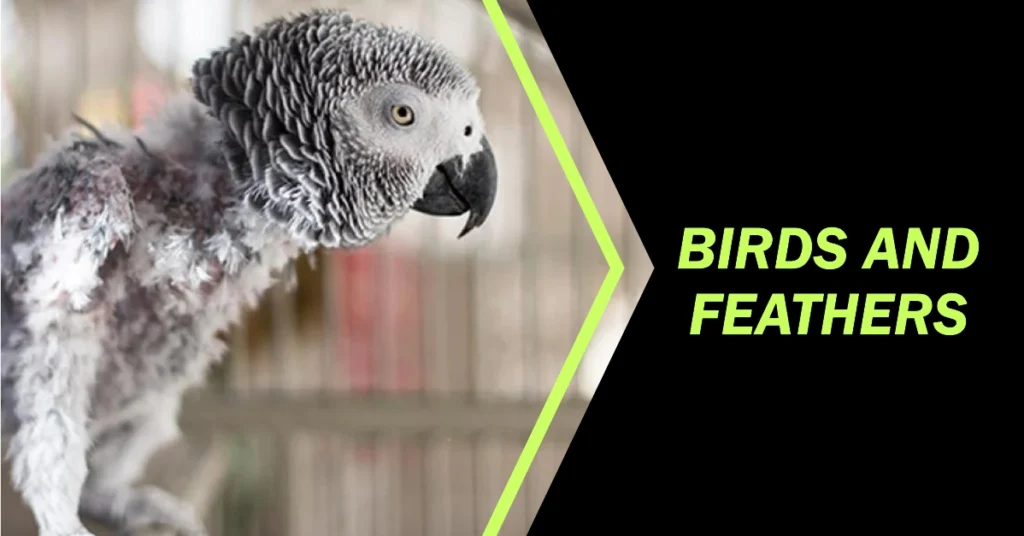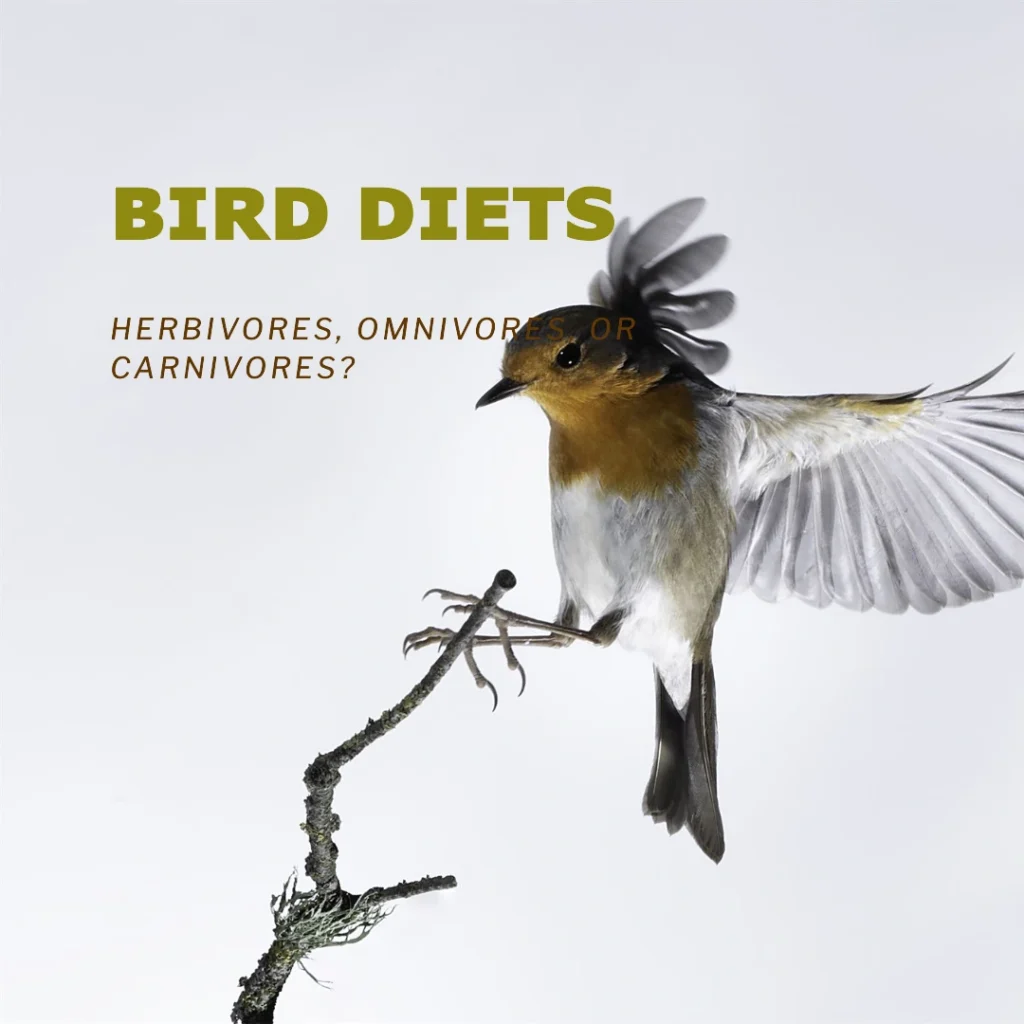
Birds, with their vibrant feathers and chirping melodies, are a common sight in our skies, trees, and communities. But have you ever wondered about their ancient origins and physiological traits, specifically whether they are warm-blooded or cold-blooded? This question ties into a broader scientific discussion about their descent from dinosaurs.
Table of Contents
Understanding Bird Physiology
What Does Warm-Blooded Mean?
Warm-blooded animals, or endotherms, can regulate and maintain their body temperature internally, regardless of the environment. This group includes birds and mammals, which can generate their own heat through metabolic processes and maintain a constant body temperature.
What About Cold-Blooded Animals?
Animals that are cold-blooded don’t have an internal heater like we do. They depend on the weather and places around them to get warm or cool. Think of reptiles, frogs, and fish; they might lay in the sun to get cozy or slip into the shade when they want to chill out. They’re pretty smart at using what’s outside to stay just right on the inside!
Birds: Warm-Blooded Descendants of Dinosaurs
Birds are indeed descendants of a specific group of dinosaurs known as theropods. Theropods were bipedal dinosaurs which include well-known species like the Tyrannosaurus rex. Interestingly, not all dinosaurs were cold-blooded; some theropods exhibited traits that are more aligned with being warm-blooded.
Evidence of Warm-Bloodedness in Birds

- Body Temperature Regulation: Birds maintain a high body temperature, typically between 39 to 43 degrees Celsius (102 to 109 degrees Fahrenheit), which is regulated internally.
- Metabolic Rate: Birds have a high metabolic rate, which is necessary to sustain their constant body temperature.
- Feather Insulation: Feathers provide insulation and help birds retain body heat. This adaptation is crucial for maintaining a stable internal temperature.
Evolutionary Traits from Dinosaurs

Birds inherited several traits from their dinosaur ancestors that support their warm-blooded nature:
- Feathers: Initially thought to be unique to birds, feathers were also present in many dinosaurs, providing insulation and aiding in temperature regulation.
- High Metabolic Rate: Like birds, some dinosaurs had a high metabolic rate, which is a characteristic of warm-blooded animals.
The Debate: Were Dinosaurs Warm or Cold-Blooded?
The question of whether dinosaurs were warm or cold-blooded has been a topic of debate among scientists. Recent studies suggest a more complex scenario:
- Varied Metabolic Rates: Dinosaurs exhibited a range of metabolic rates. Some, like the large sauropods, might have had slower metabolisms, while smaller theropods, which are direct ancestors of birds, likely had faster metabolisms indicative of warm-blooded creatures.
- Physiological Evidence: Analysis of dinosaur bones and fossils shows growth patterns and cellular structures that align more closely with warm-blooded animals.
Conclusion: Birds Are Warm-Blooded
Birds, as descendants of theropod dinosaurs, are warm-blooded. They have inherited and refined the ability to regulate their body temperature internally, a trait that has likely been passed down from their dinosaur ancestors. This adaptation allows birds to maintain high levels of activity and metabolic rates, which are essential for flight and survival in various climates.
In summary, the fascinating lineage from dinosaurs to birds illustrates a complex evolution of temperature regulation and metabolic adaptations. Birds not only share physical features like feathers with their dinosaur ancestors but also the crucial trait of endothermy, making them definitively warm-blooded creatures.
FAQs:
What does science say about birds being warm or cold-blooded?
Science considers birds to be endothermic, or warm-blooded creatures, meaning they are able to maintain their body temperature through internal metabolic processes, despite the temperature of the environment. This trait is believed to have evolved from their dinosaur ancestors, making them quite different from the ectothermic, or cold-blooded, reptilian dinosaurs.
How are birds able to maintain their body temperature?
Birds are able to maintain their body temperature in two ways: by generating warmth through muscle activity, which is a trait of endothermy, and by using insulating layers of feathers to store warmth. This capability allows them to stay active and survive in a variety of environments.
Did all dinosaurs evolve to be warm-blooded like birds?
Not all dinosaurs evolved to be warm-blooded. Birds are descended from a specific group of theropod dinosaurs, which is believed to have developed features akin to warm-bloodedness, such as downy feathers for insulation. Other dinosaurs remained ectothermic, similar to modern reptiles.
Can we consider all birds to be direct descendants of dinosaurs?
Yes, in the realm of science, it is commonly accepted that modern birds are directly descended from dinosaurs, specifically the theropod group. This lineage explains why birds share many traits with their dinosaur ancestors, such as similar leg structures, egg-laying, and even in some cases, a similar tooth and tail arrangement in the earliest birds.
Are there any cold-blooded characteristics left in birds from their dinosaur ancestors?
While birds have evolved to be primarily warm-blooded, some scientists argue that certain aspects of bird physiology, such as their reliance on external conditions to initiate some metabolic processes, hint at their cold-blooded ancestry. However, these characteristics are far outweighed by their warm-blooded traits.
How do the sizes of birds compare to their dinosaur ancestors?
Birds generally are much smaller in size compared to most of their dinosaur ancestors. This smaller size is more conducive to flight and requires less energy to maintain a constant body temperature. The evolution from large, possibly ectothermic dinosaurs to smaller, endothermic birds is a remarkable testament to the diverse ways life has adapted over millions of years.
How significant is the role of feathers in maintaining warmth?
Feathers play a crucial role in a bird’s ability to maintain warmth. Not only do they provide insulation, but they also allow for the adjustment of body temperature through fluffing, which traps air and increases insulation. The development of downy feathers was a significant evolution that probably supported the warm-bloodedness in birds descended from dinosaurs.
What does this evolutionary change from cold to warm-blooded tell us about natural adaptation?
The evolution from cold-blooded dinosaurs to warm-blooded birds tells us a great deal about natural adaptation and survival. It shows how life forms can drastically change their physiological makeup over millions of years to better survive in their environments, demonstrating the incredible flexibility and resilience of life on Earth.








